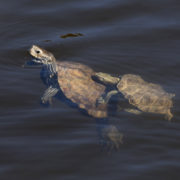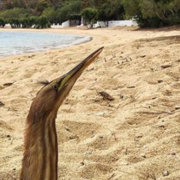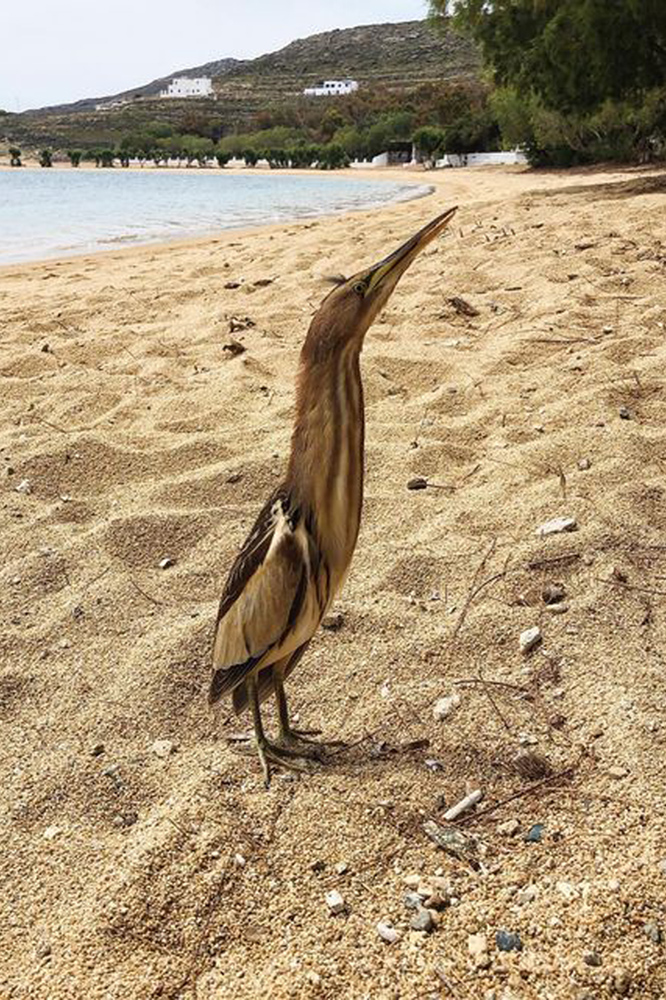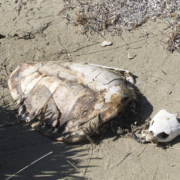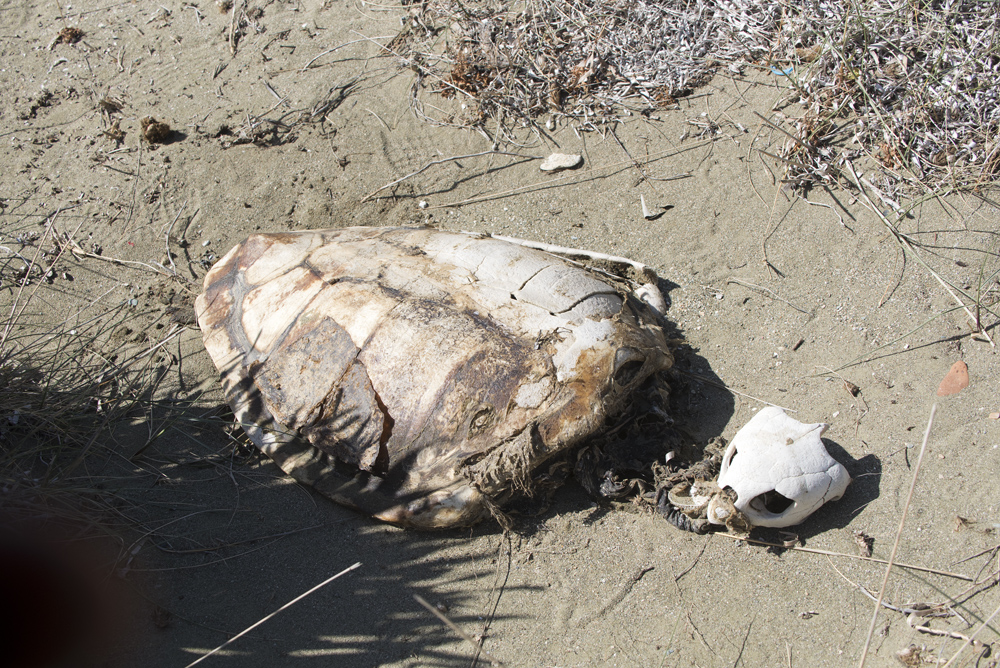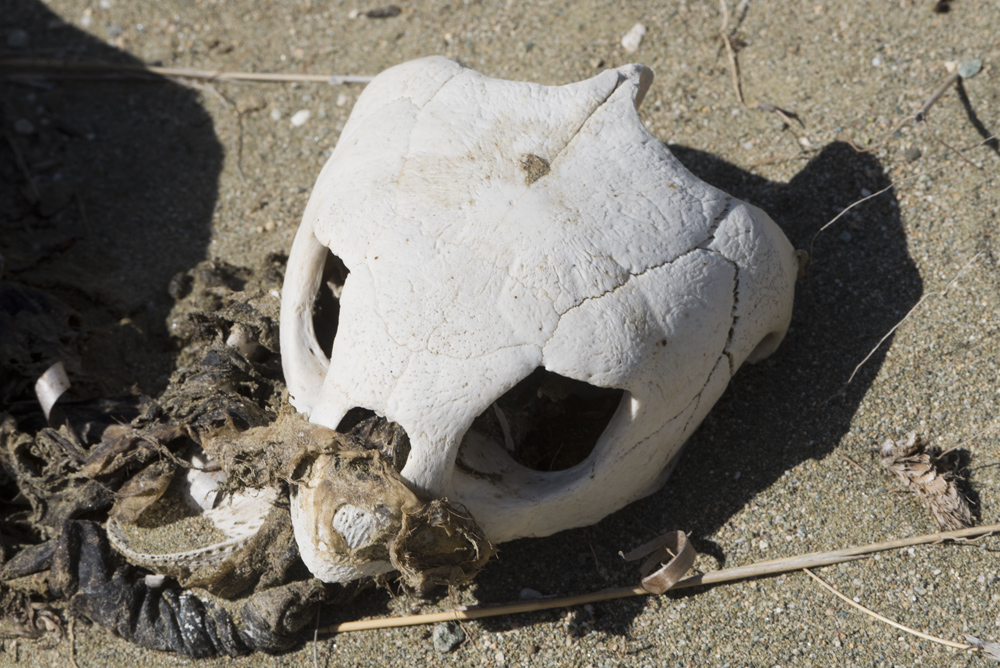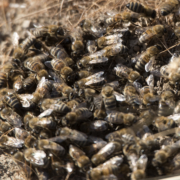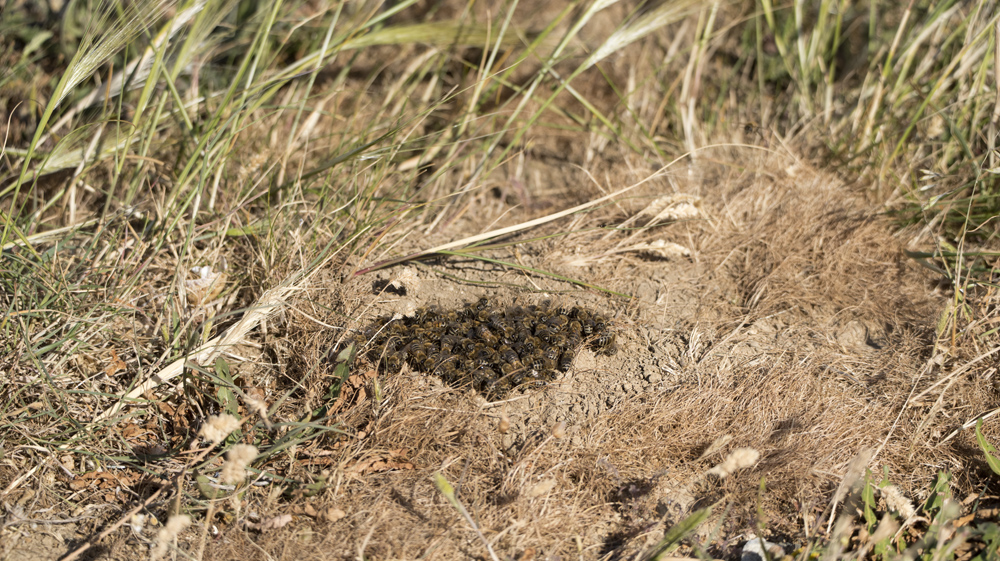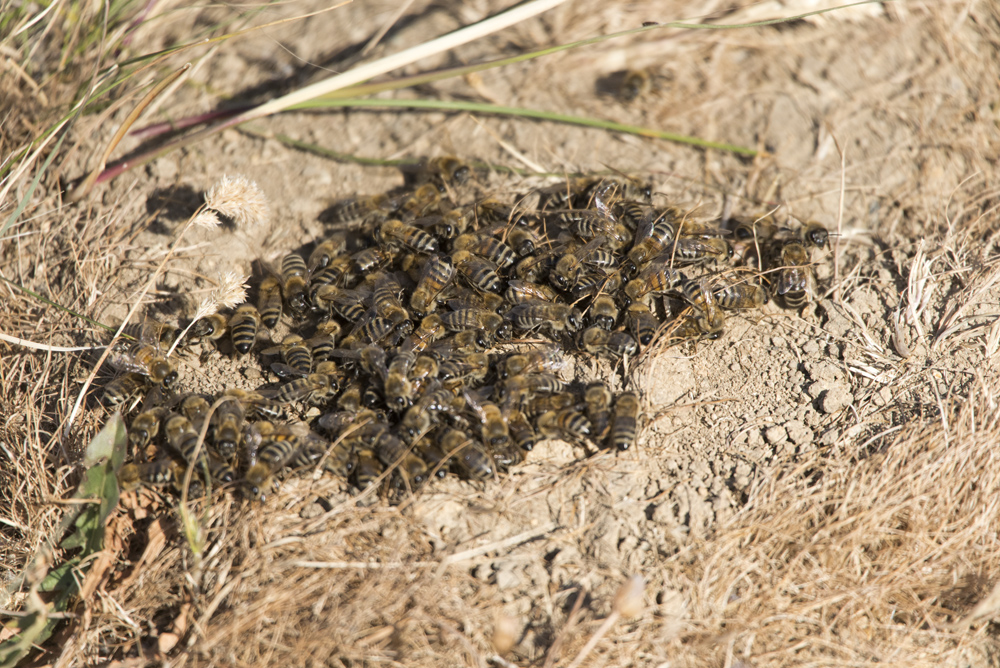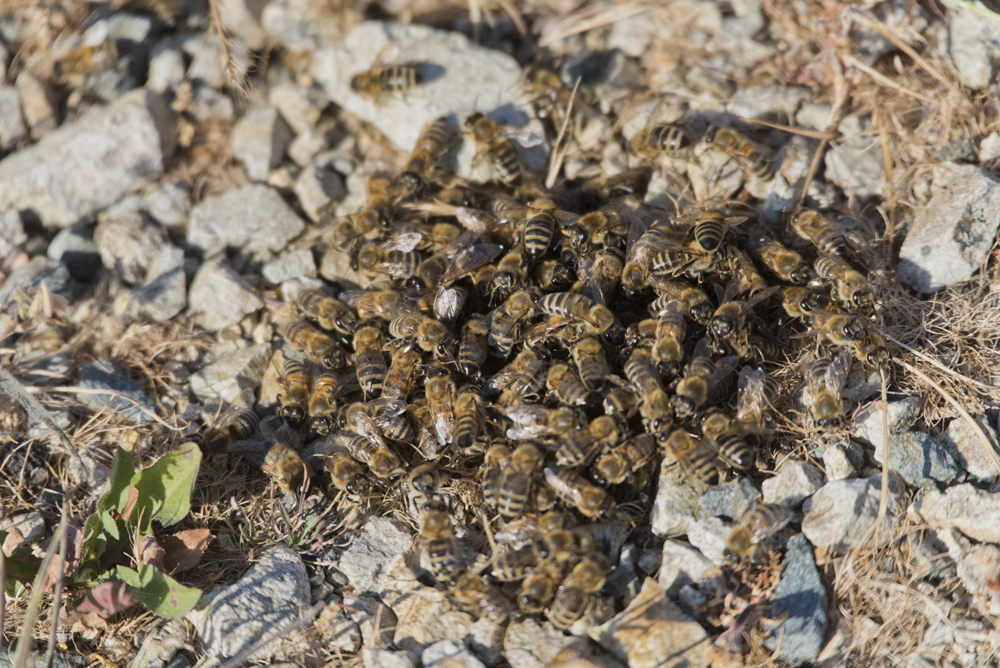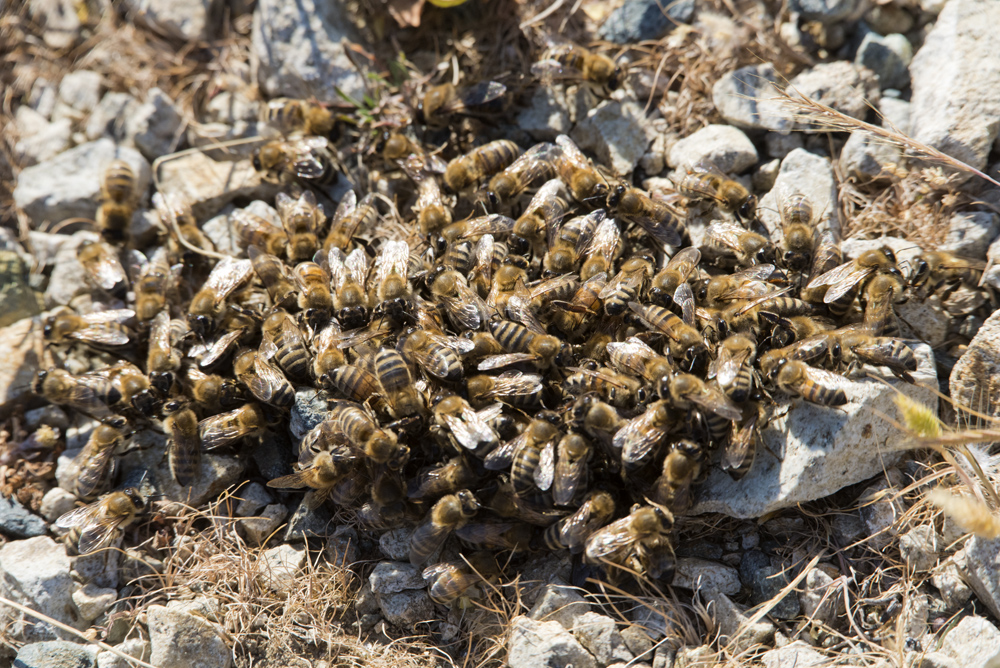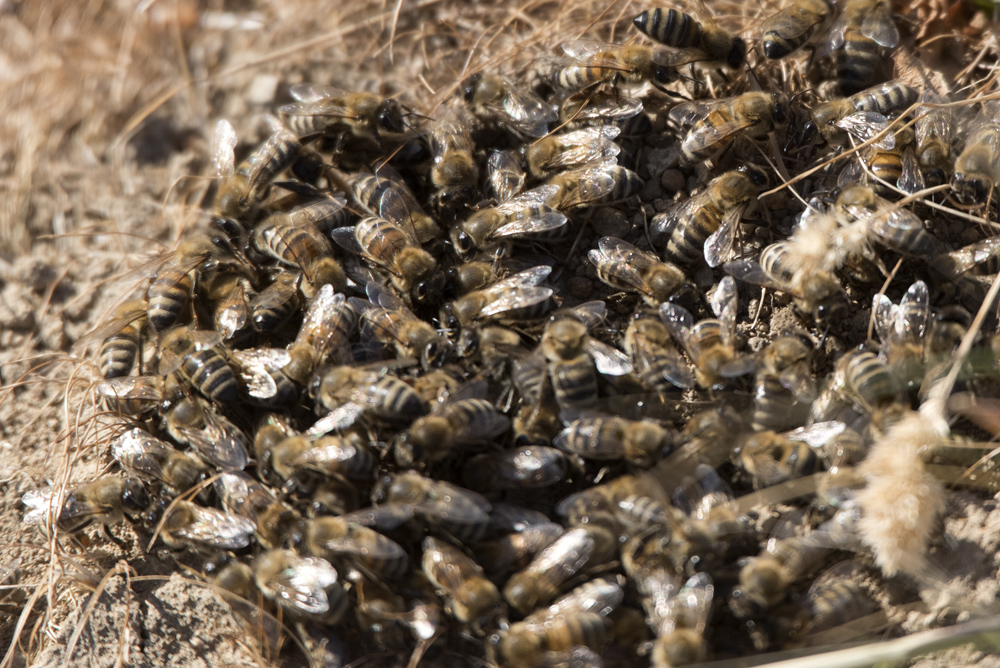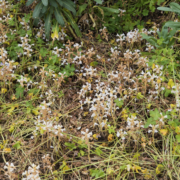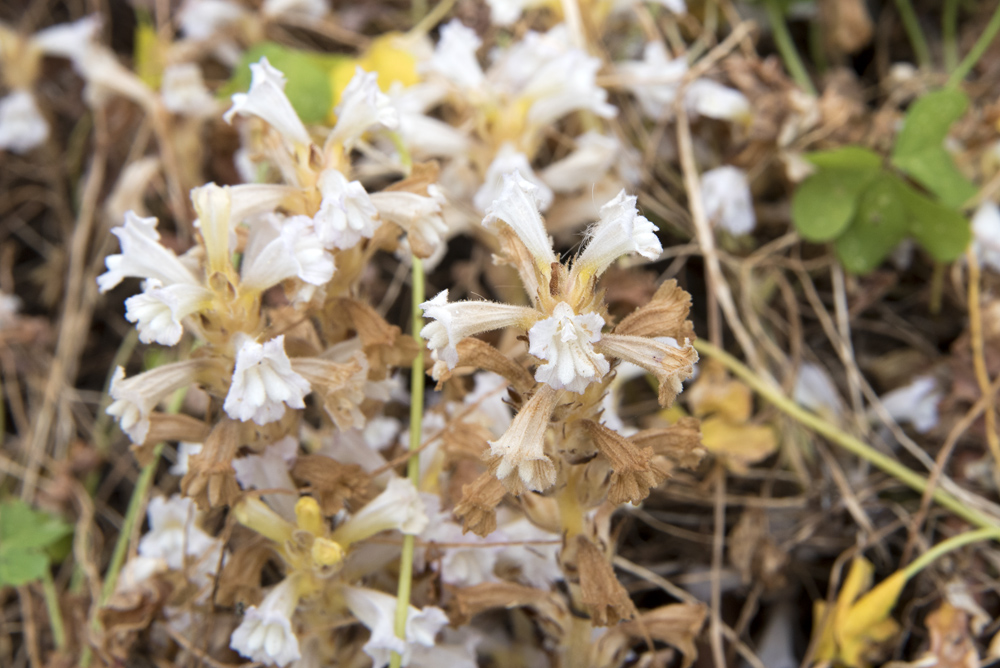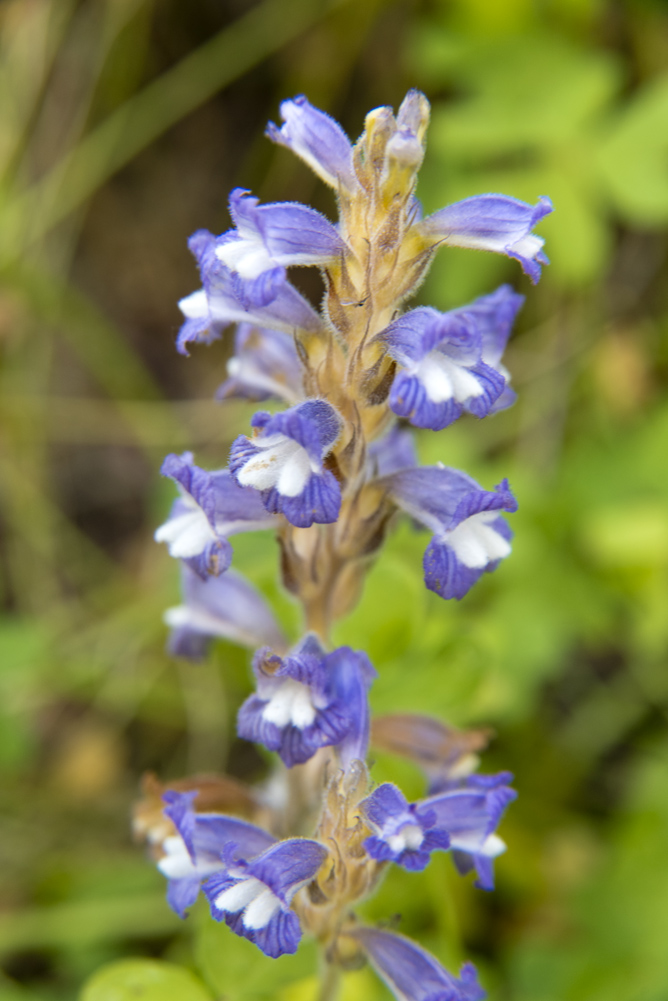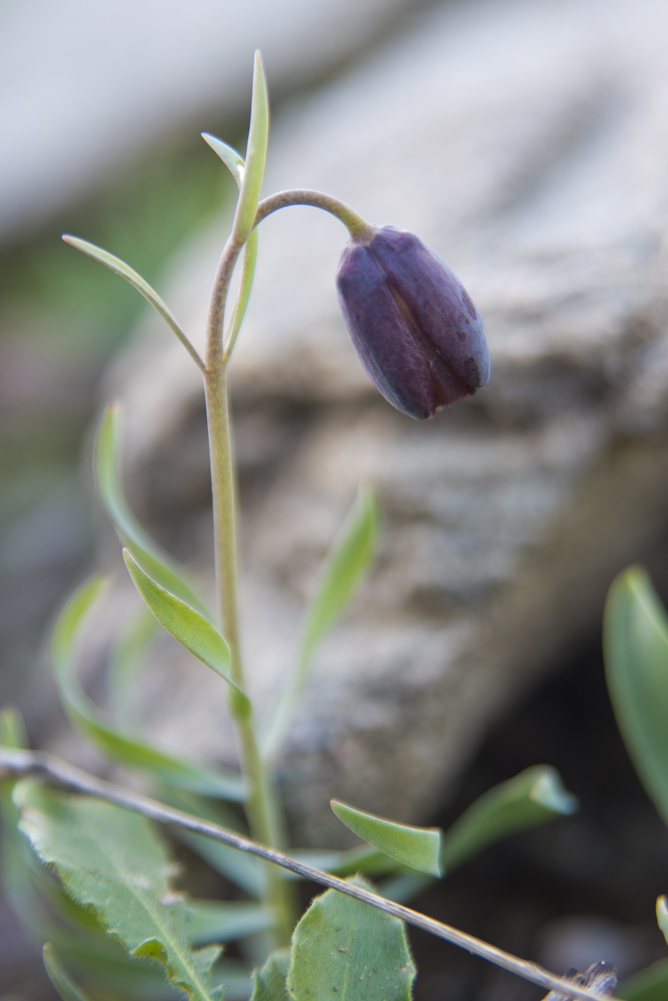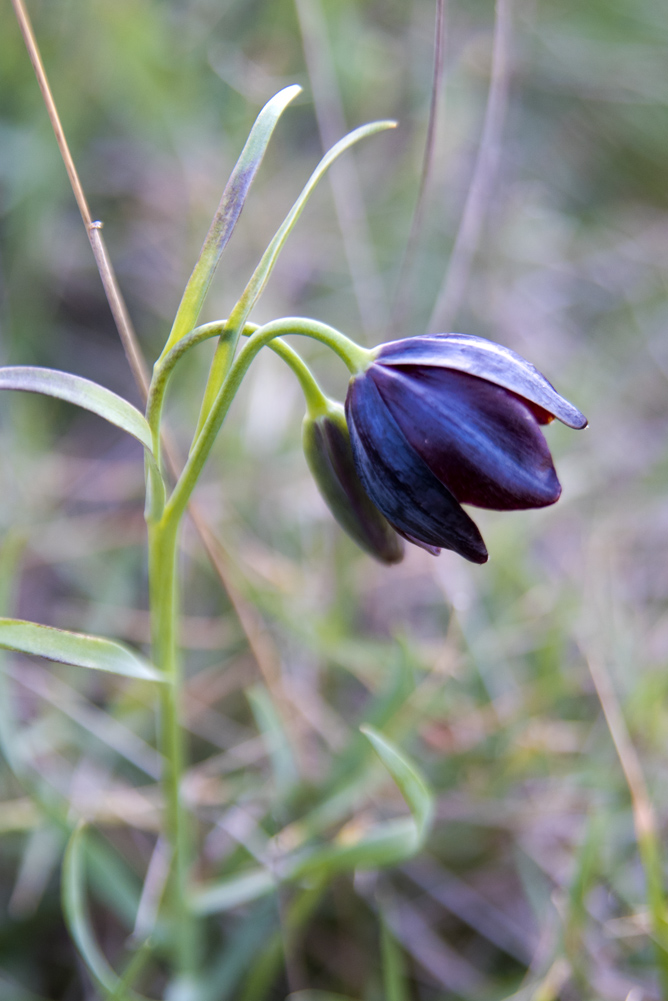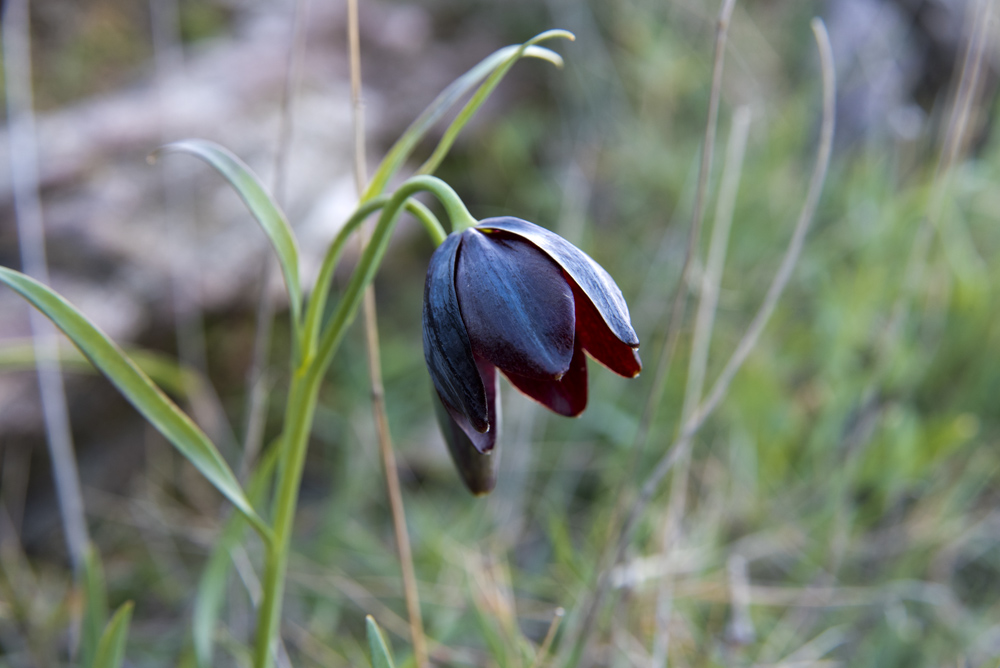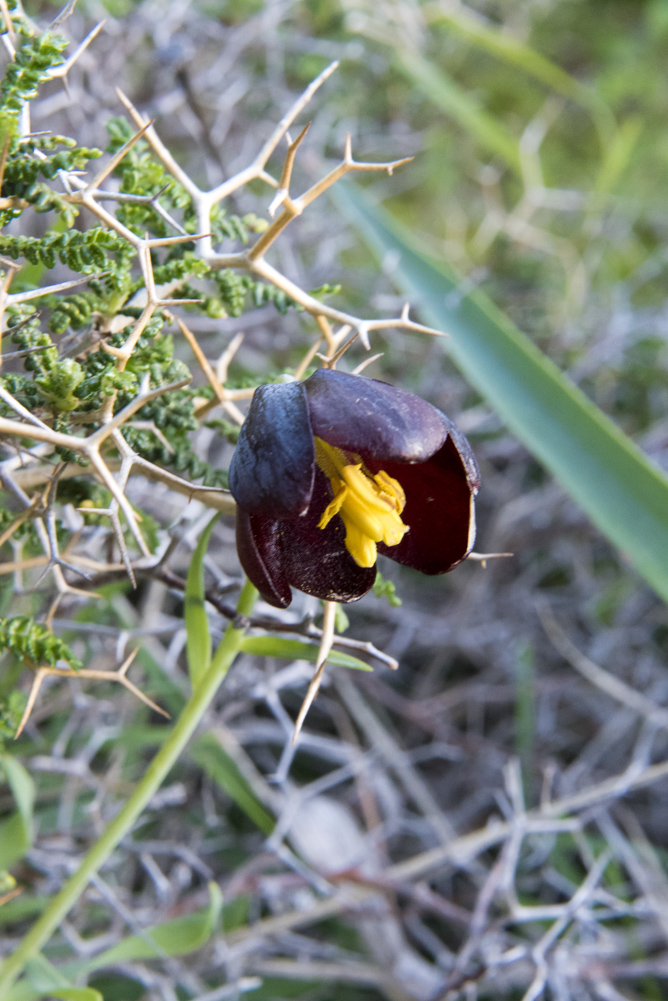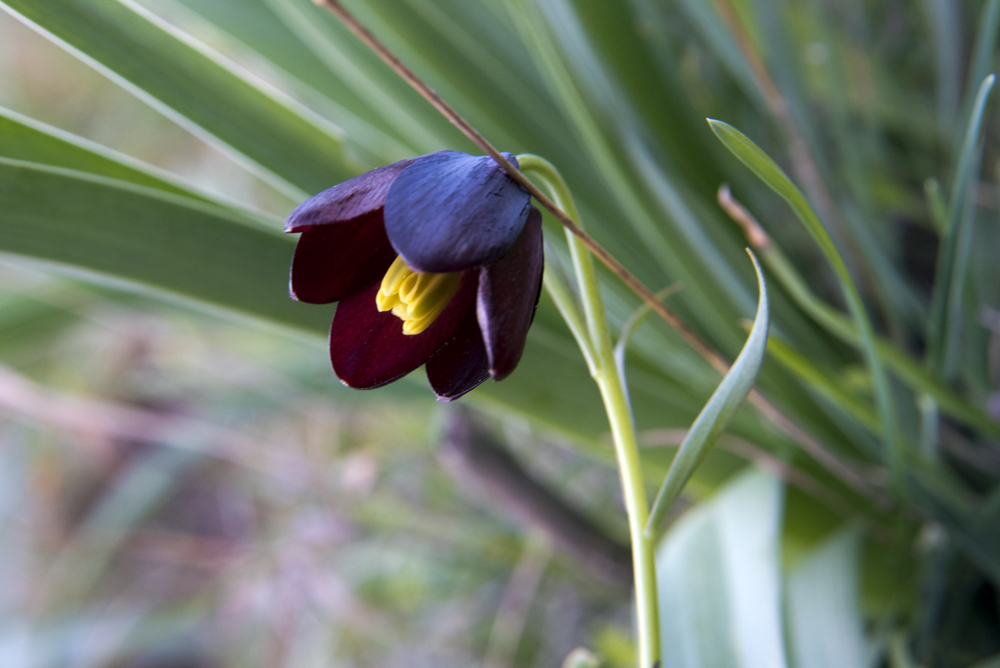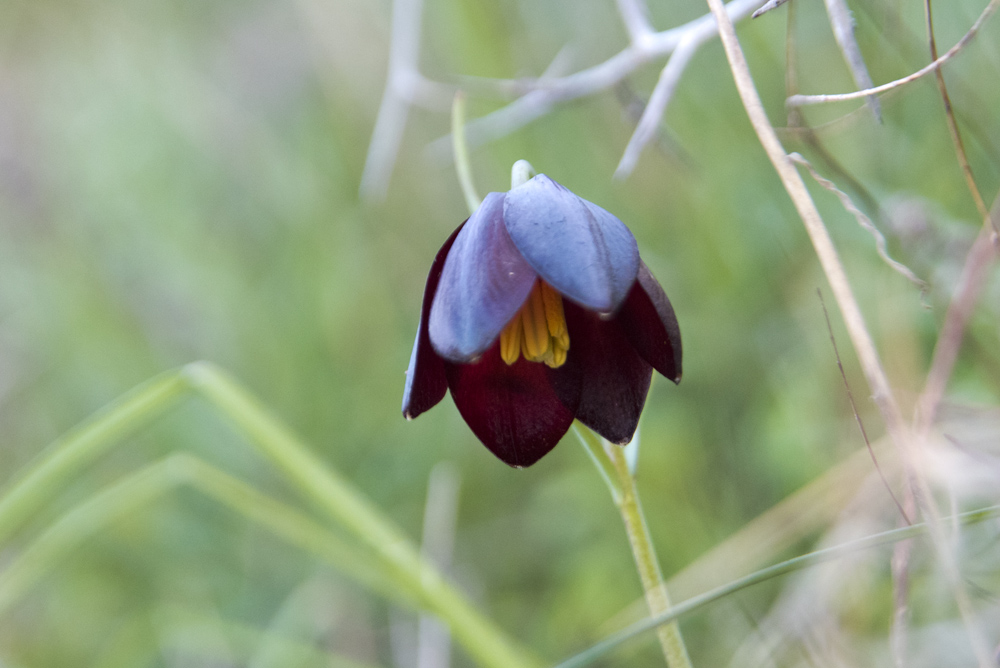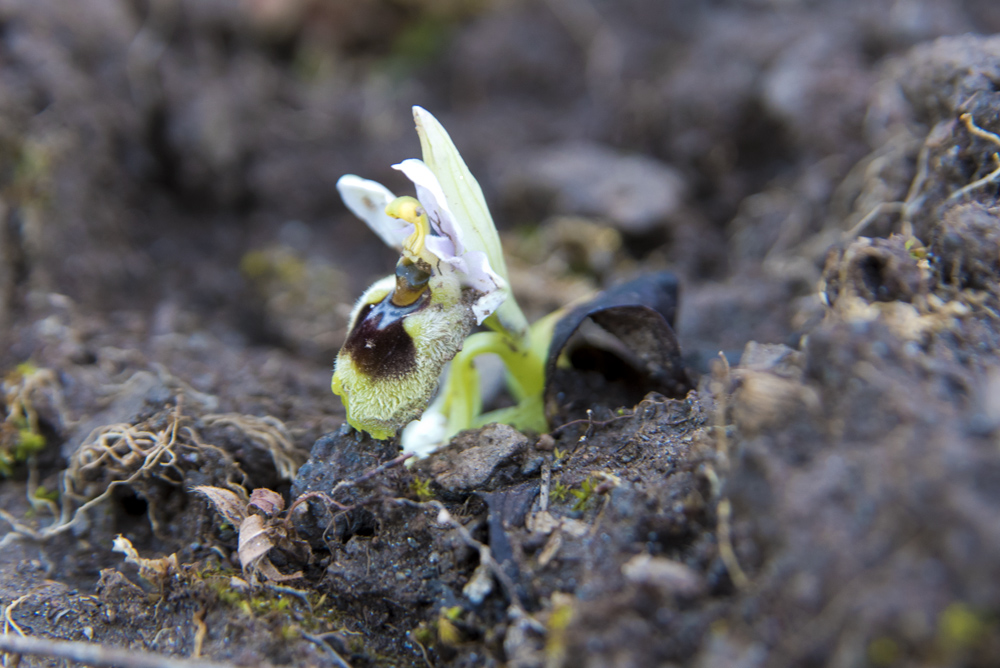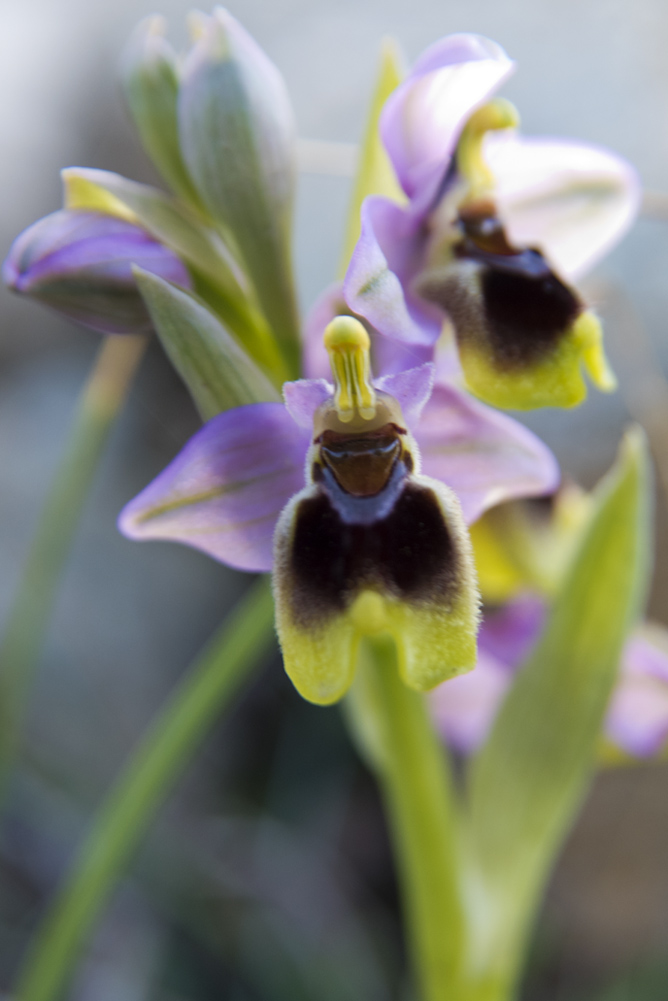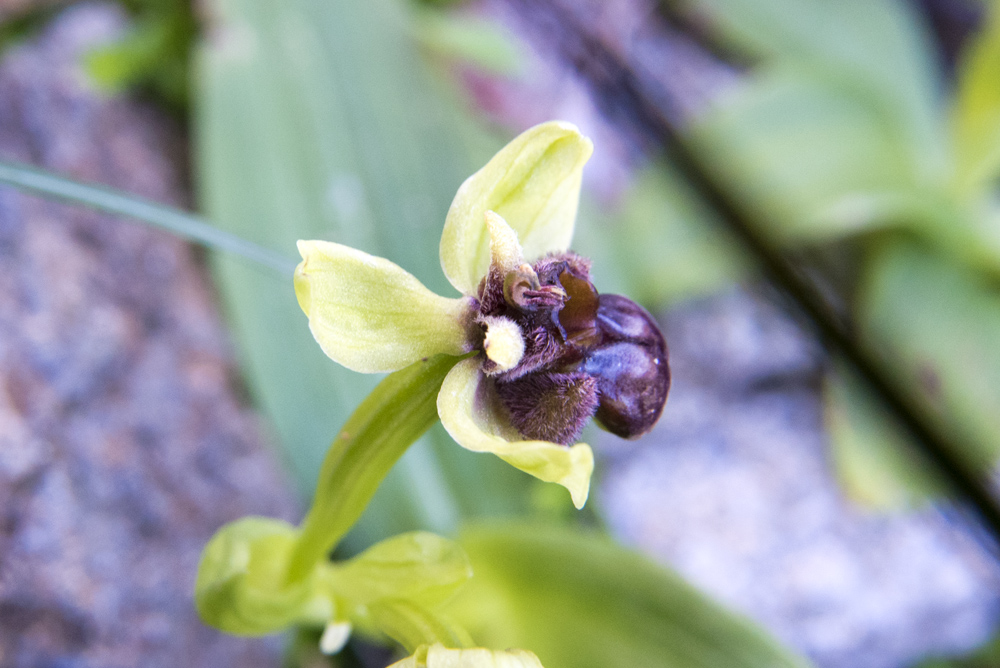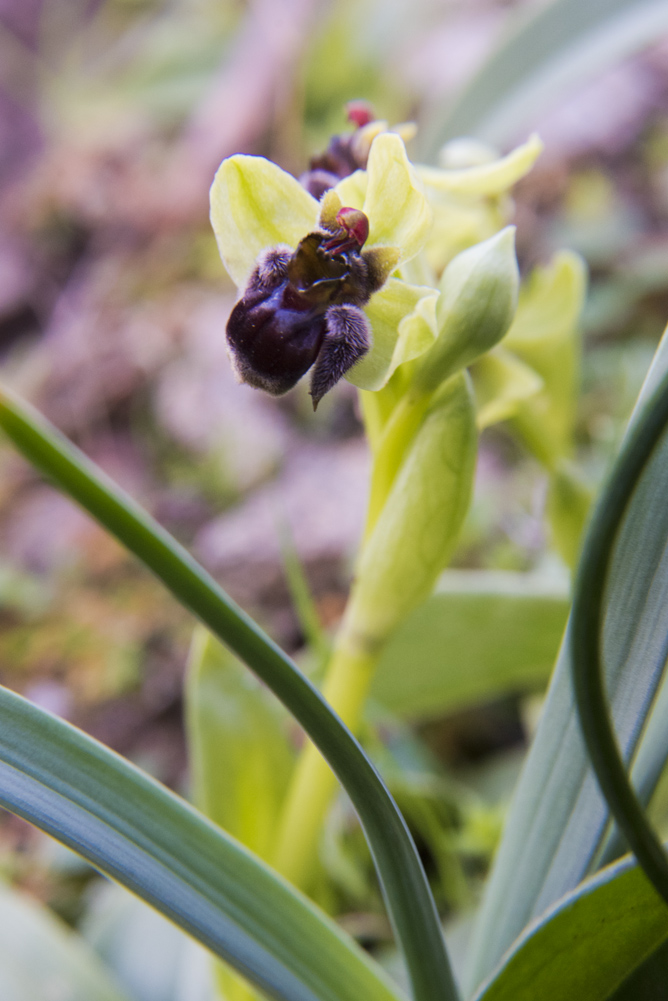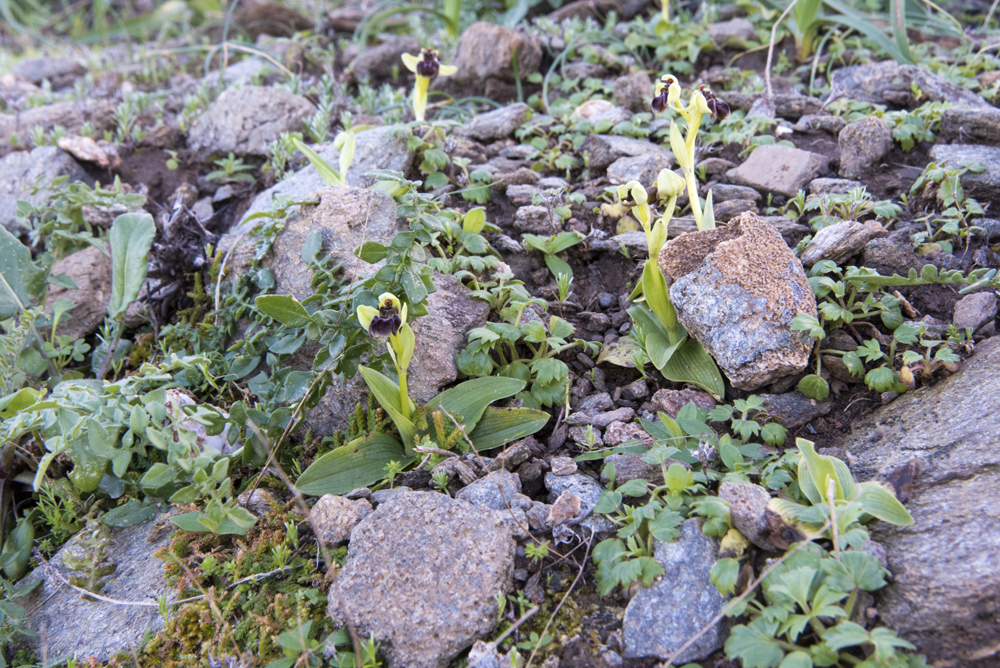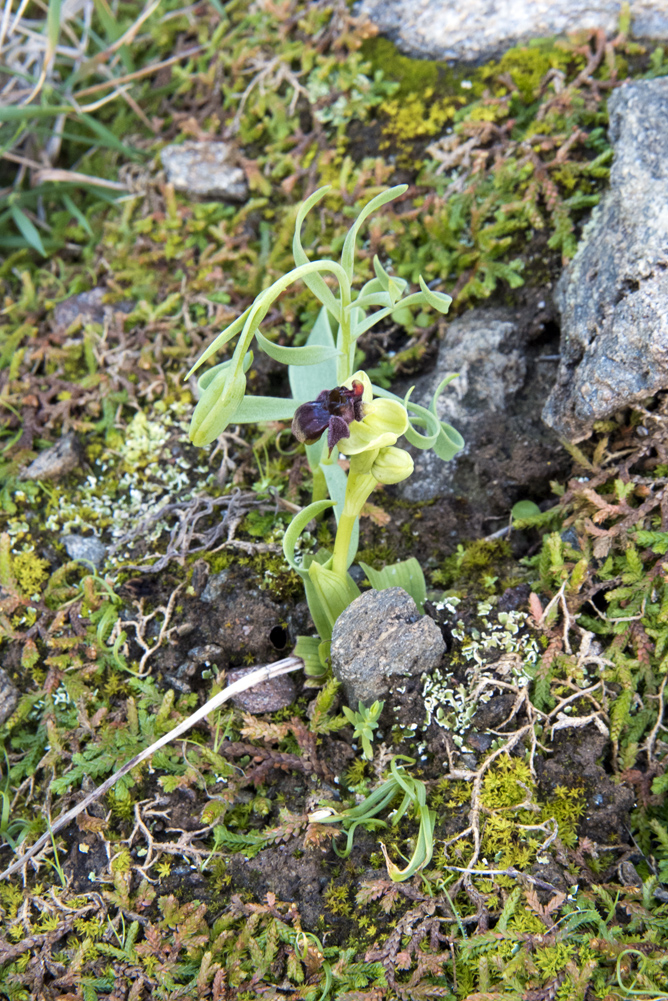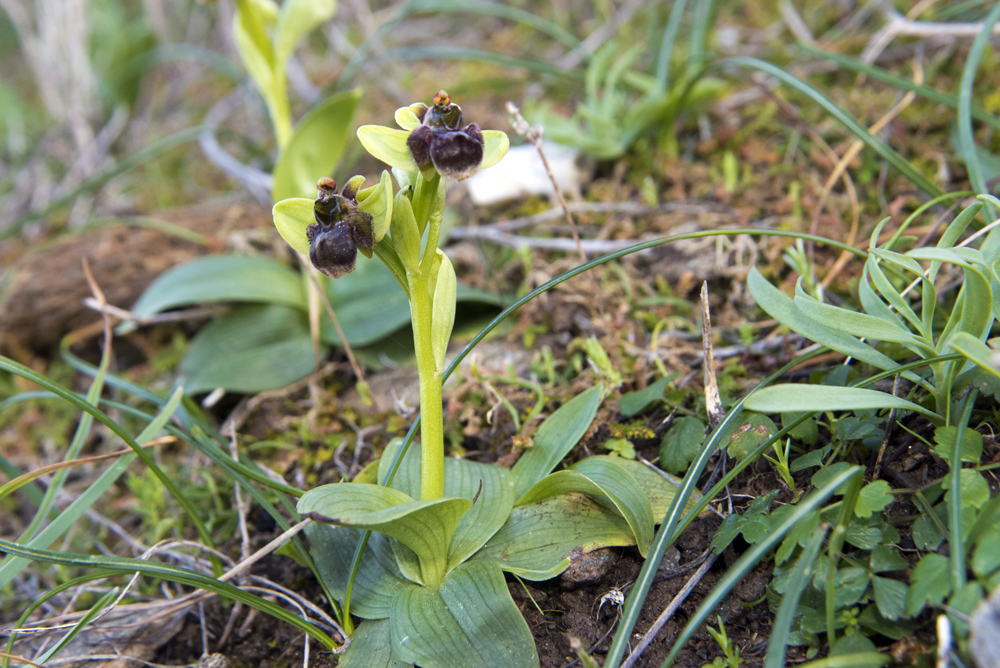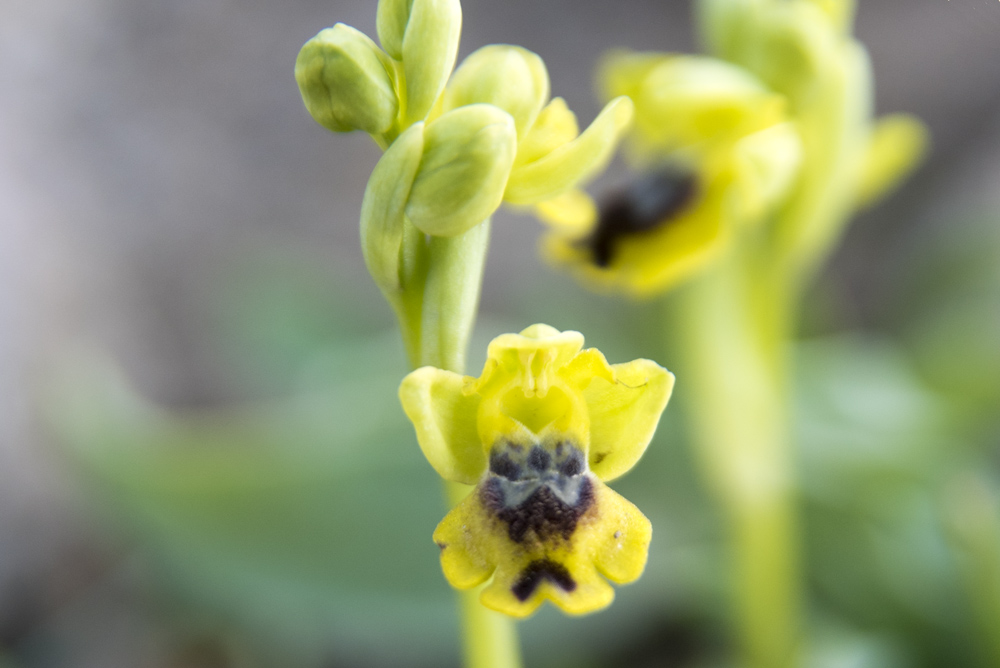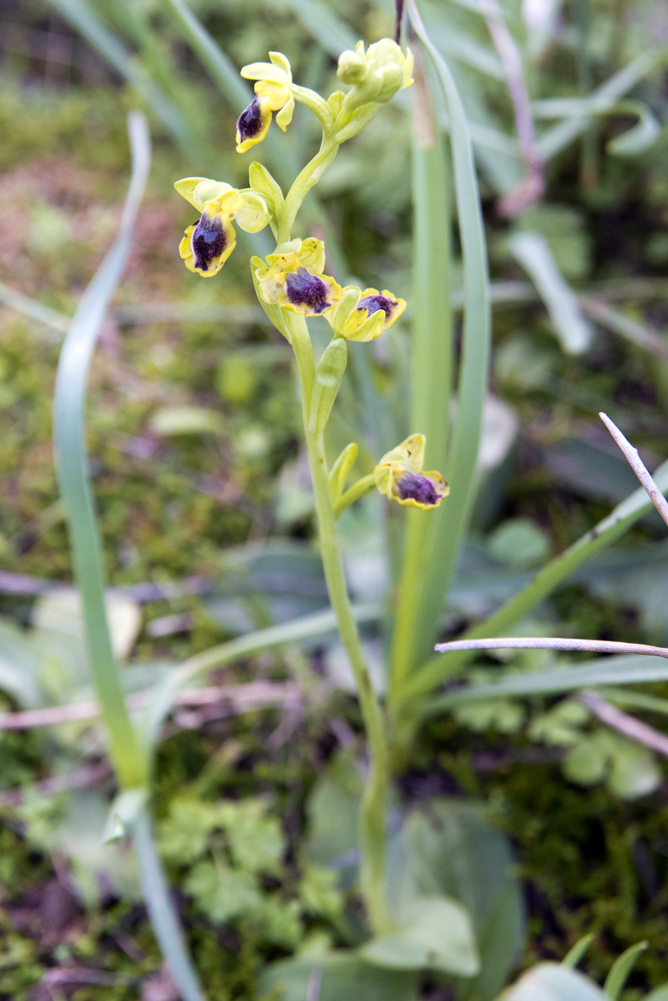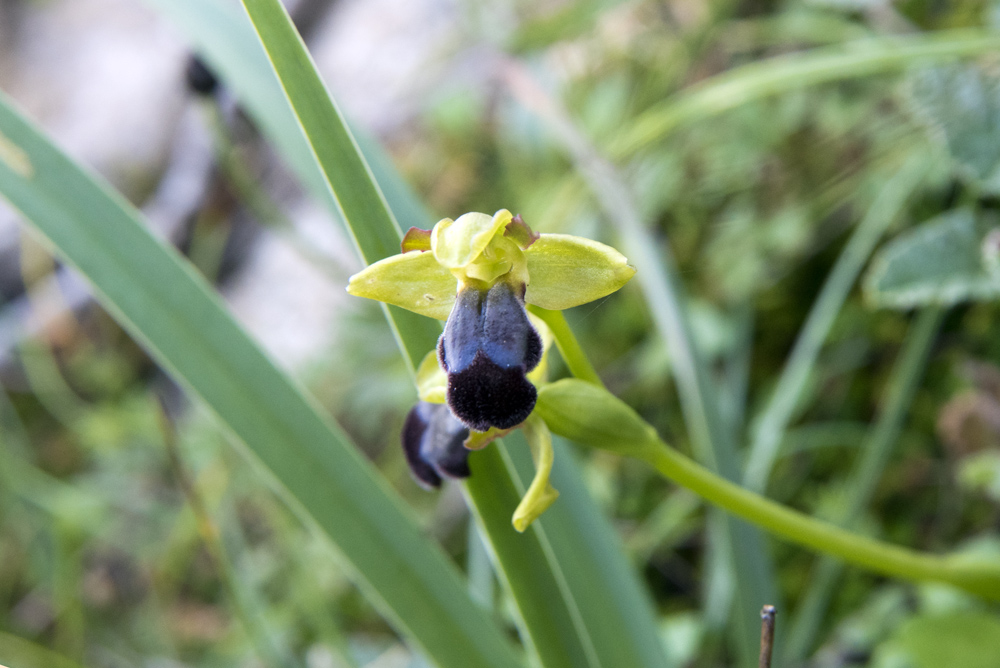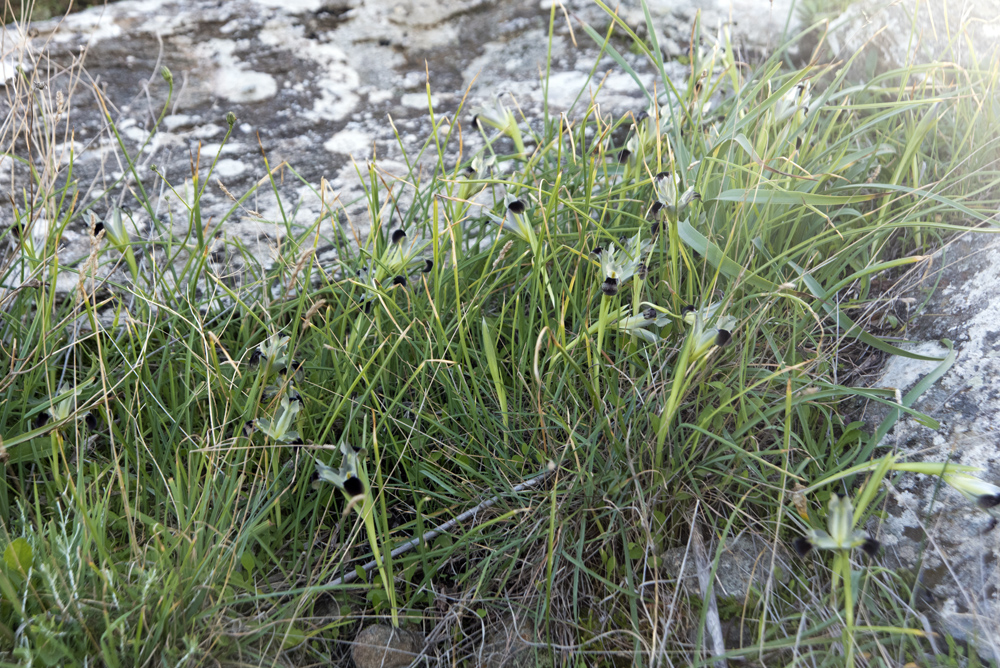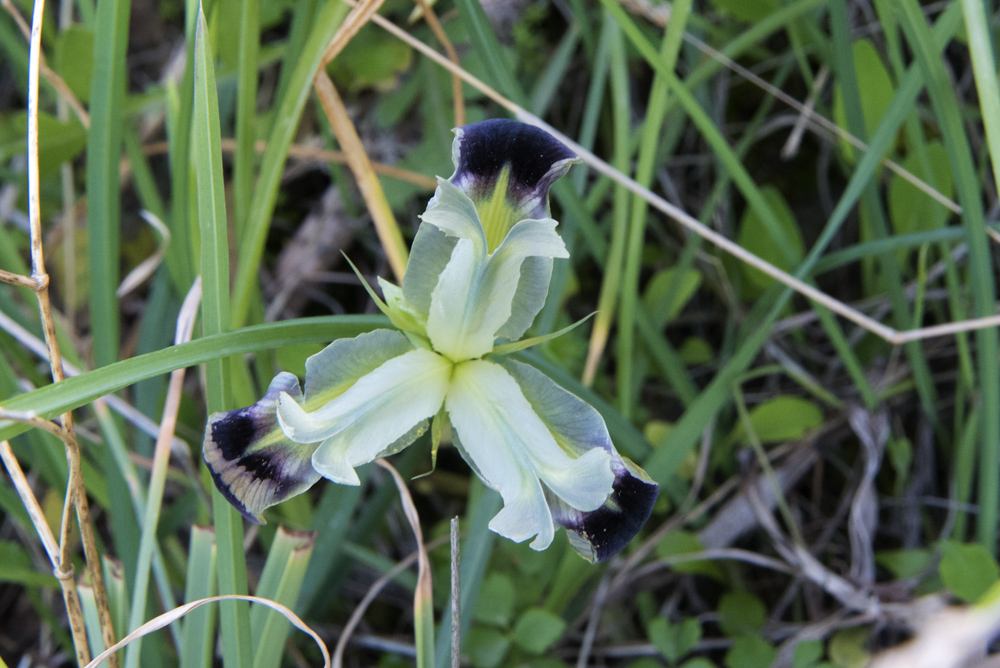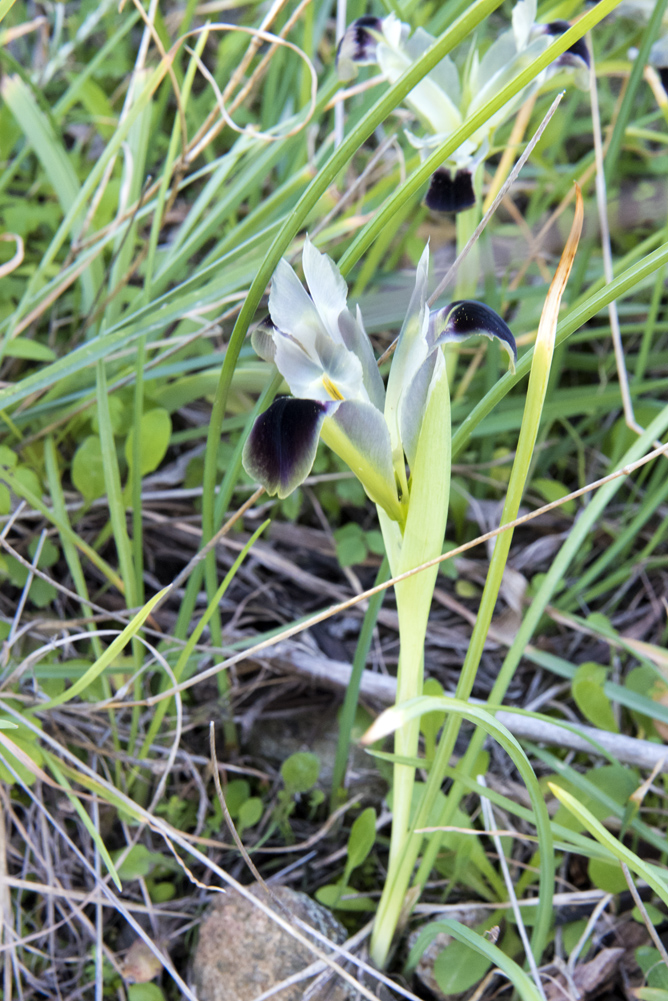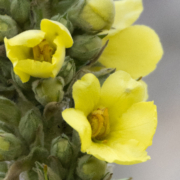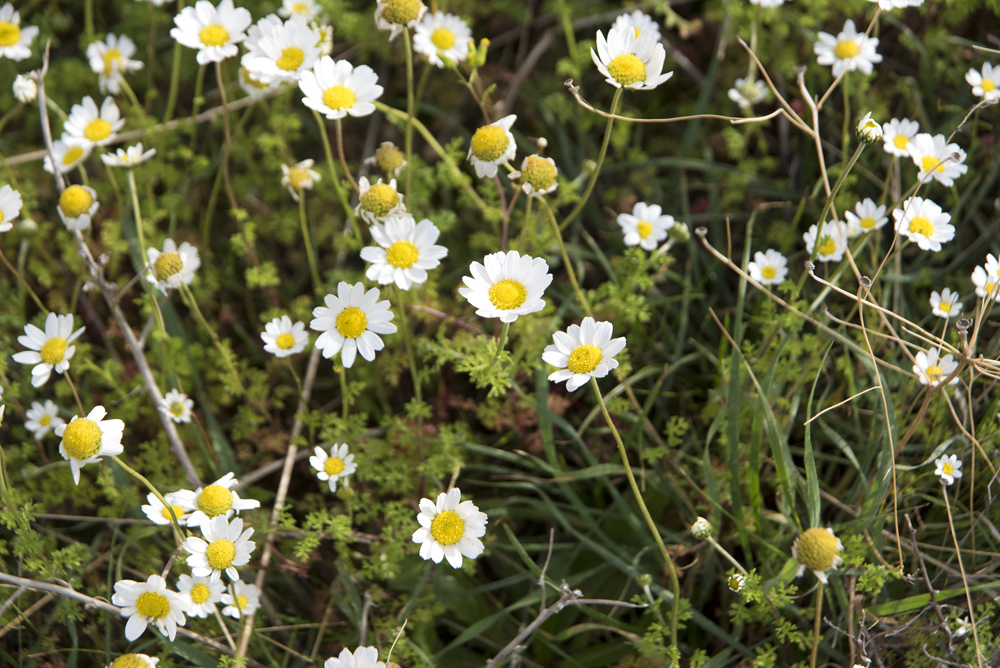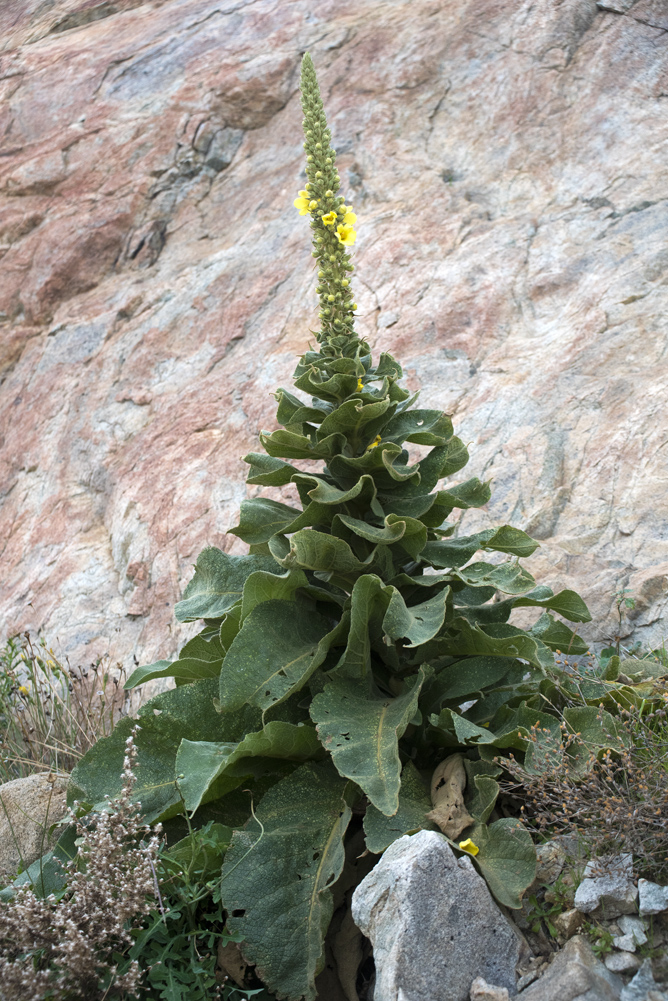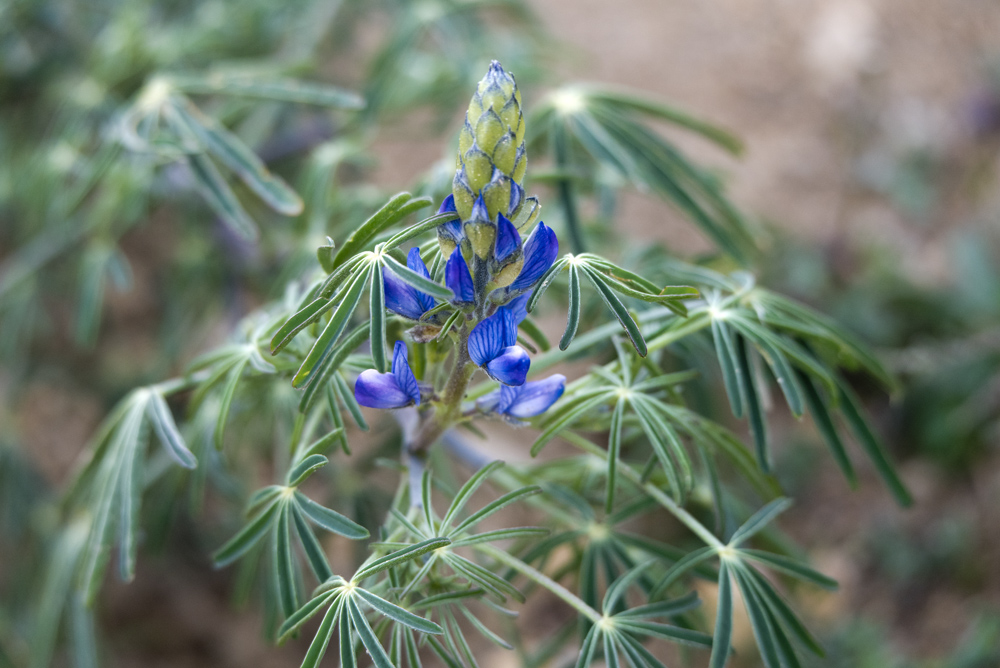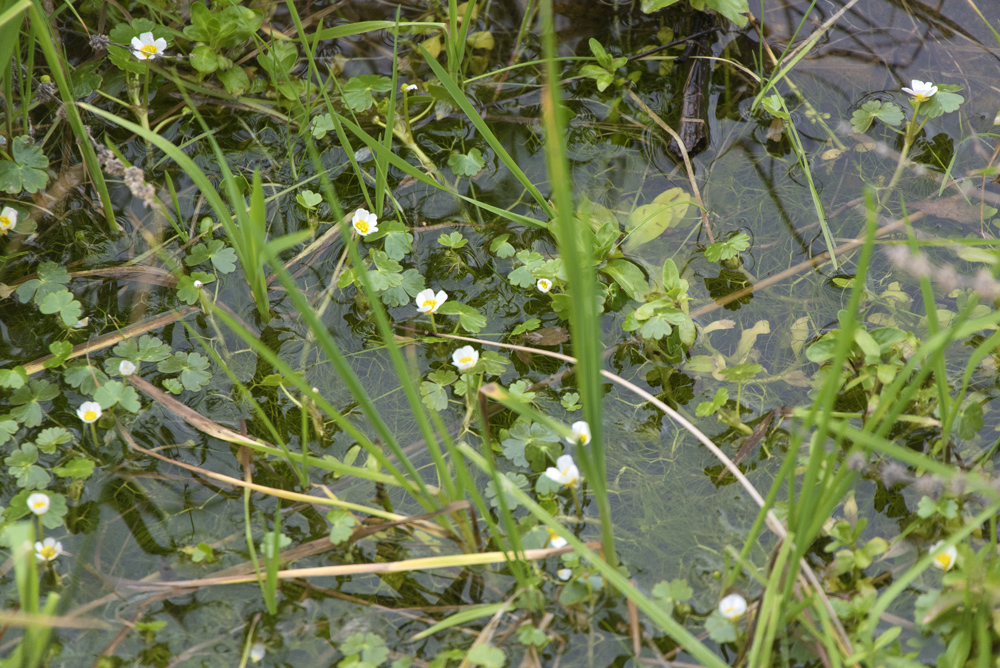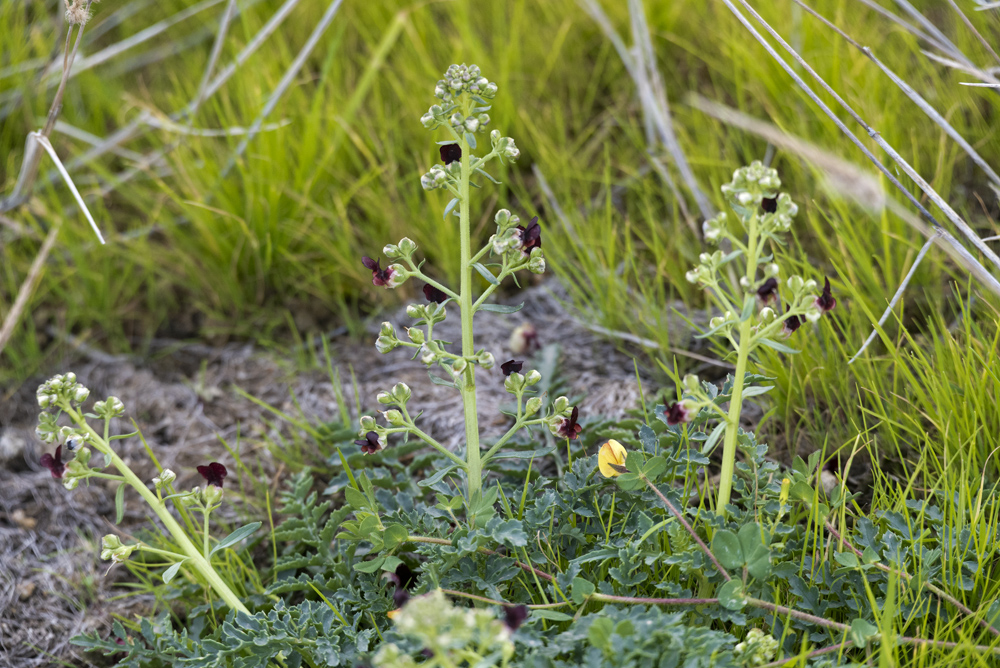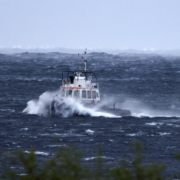Η Σέριφος φιλοξενεί ένα μεγάλο πληθυσμό ποταμοχελώνων του είδους Mauremys rivulata. Παρατηρήσαμε μια αποικία στα Διποτάματα της Παναγίας και μεμονωμένα δείγματα στα Ποτάμια της Γαλάνης και στο Μαύρο Κλίμα της Γαλάνης, αλλά οι μεγαλύτερες αποικίες βρίσκονται στα ρέματα στους Κήπους, Λαγκάδες και Στενό, που βρίσκουν καταφύγιο στα νερά του φράγματος μόλις στερέψουν οι χείμαρροι.
Σήμερα, η έλλειψη νερού έχει οδηγήσει αυτές τις ποταμοχελώνες να συγκεντρώθουν πολύ νωρίς στο φράγμα και σε κάθε επίσκεψή μας παρατηρούσαμε δεκάδες και δεκάδες στα βράχια ή μέσα στο νερό. Πρόκειται για έναν αξιοσημείωτο πληθυσμό σε μια τόσο μικρή περιοχή, η οποία φιλοξενεί επίσης πολλά είδη, όπως λιμνόφιδα (Natrix tessellata), τα οποία είναι ακίνδυνα για τον άνθρωπο, ποταμοκαβούραδες και διάφορα είδη αμφίβιων…
Το φράγμα ολοκληρώθηκε το 2003 και έχει σχεδιαστεί για την παροχή θερινού νερού για ανθρώπινη και γεωργική κατανάλωση. Οι διαστάσεις του υπολογίστηκαν σύμφωνα με τους περιορισμούς της περιοχής και τη μέση βροχόπτωση του νησιού. Έχει θεωρητική χωρητικότητα 700.000 κυβικά μέτρα, αλλά μόνο αν είναι γεμάτο στο τέλος του χειμώνα!
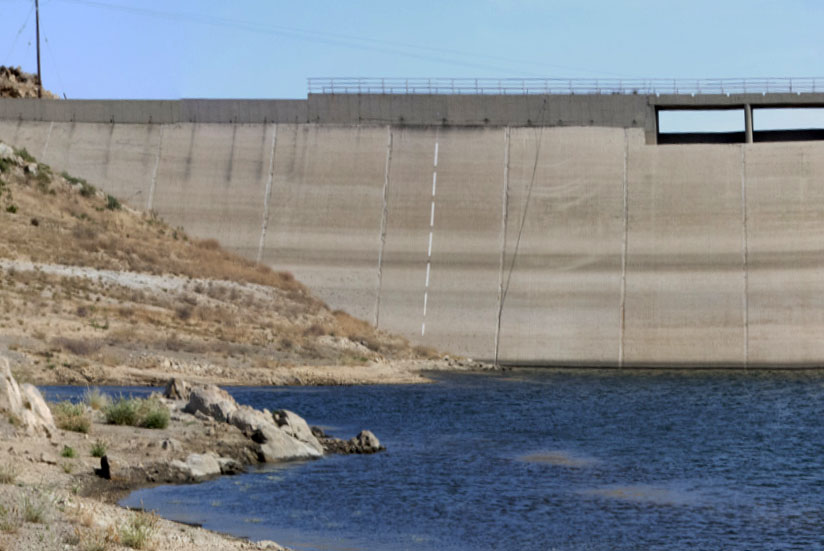
Φέτος οι λίγες βροχοπτώσεις μόλις και μετά βίας κατάφεραν να αντισταθμίσουν την εξάτμιση και βρισκόμαστε αυτό το μήνα Ιούνιο με μια στάθμη χαμηλότερη από ποτέ (“Στα όσα χρόνια θυμάμαι, για πρώτη φορά η στάθμη του νερού στο φράγμα είναι σε τόσο χαμηλό επίπεδο” δήλωσε ο κ. Δημάρχος). Και όμως ο δήμος θέλει να αντλήσει το νερό για το δίκτυο ύδρευσης του νησιού! Με μια μονάδα διυλίσης 1000 κυβικά μέτρα την ημέρα !!!!
Καθώς δεν γνωρίζουμε το κατακόρυφο προφίλ του ταμιευτήρα, μπορούμε μόνο να εκτιμήσουμε τον εναπομένοντα όγκο, ο οποίος δεν πρέπει να υπερβαίνει τις μερικές χιλιάδες κυβικά, δηλαδή αν αντλήσουμε με ρυθμό 1.000 κυβικά/ημέρα, το φράγμα θα στεγνώσει σε λίγες ημέρες, ενώ η μονάδα φίλτρου ενοικιάζεται για 6 μήνες. Επιπλέον, η ποιότητα του νερού στον πυθμένα του ταμιευτήρα θα μπορούσε γρήγορα να φράξει το σύστημα διυλίσης.
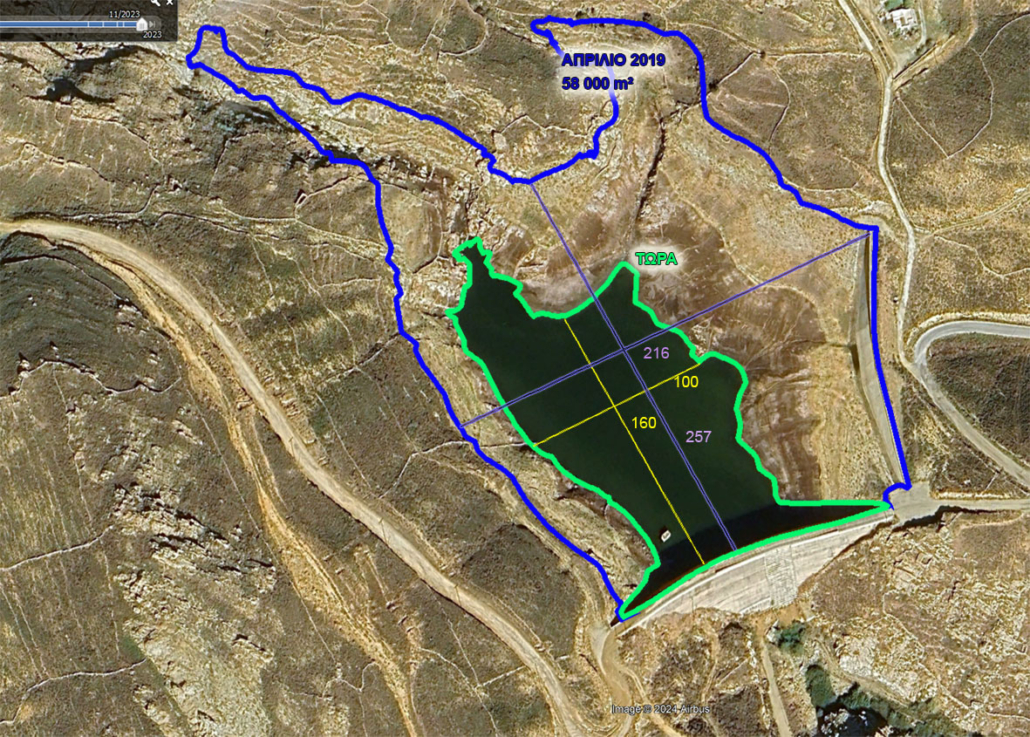
Κατά συνέπεια, για ένα σχεδόν ανύπαρκτο όφελος και σε μια υπερβολική τιμή ανά παραγόμενο κυβικό, δεν θα διστάζαμε να θυσιάσουμε προστατευόμενους πληθυσμούς ζώων! Παρά τη ρητορική για την βιώσιμη ανάπτυξη και την προστασία της βιοποικιλότητας! Το να επιτρέπουμε στους τουρίστες να χαλαρώνουν σε πισίνες ή τζακούζι, το πλύσιμο των βεραντών με άφθονο νερό (δυστυχώς, οι απαγορεύσεις των δήμων φαίνονται ότι δεν ήταν παρά λόγια), η επέκταση ενός δικτύου για νερό που δεν υπάρχει, κ.λπ., όλα αυτά φαίνεται να προηγούνται της προστασίας της πλούσιας φύσης του νησιού μας. Έχω ακούσει ότι είναι καλύτερο για τους ανθρώπους να μπορούν να πίνουν το νερό παρά για τις χελώνες (πέρα από το γεγονός ότι οι ποταμοχελώνες δεν πίνουν απλώς το νερό από το φράγμα, αλλά ζουν μέσα σε αυτό), περιβαλλοντικές μελέτες εκτιμούν ότι 10.000 άνθρωποι καταναλώνουν κατά μέσο όρο 20 κυβικά πόσιμου νερού και 100 για μαγείρεμα κάθε μέρα. Επομένως, μπορούν να εξοικονομηθούν οι υπόλοιπες χιλιάδες, μεταξύ άλλων με την επισκευή διαρροών στο δίκτυο και στα σπίτια.
Το ακόμα πιο περίεργο είναι ότι σε χρόνια με κανονικές βροχοπτώσεις, όταν το φράγμα ήταν γεμάτο τον Απρίλιο, δεν υπήρχε καμία χρήση για αυτό το νερό, επειδή δεν υπήρχε μονάδα διυλίσης, και τώρα που είναι σχεδόν άδειο, θέλουμε να το εκμεταλλευτούμε!
Σας παρακαλώ λοιπόν, κυρίες και κύριοι της δημοτικής αρχής, να εγκαταλείψετε φέτος αυτό το σχέδιο άντλησης νερού από ένα σχεδόν άδειο φράγμα- η εξοικονόμηση, η ενημέρωση των τουριστών, οι έλεγχοι και, για φέτος, η αφαλάτωση (κάθε άλλο παρά ιδανική λύση) θα επαρκούν για το καλοκαίρι (και μέχρι τις βροχές του φθινοπώρου για τους κατοίκους) αν όλοι μας είματε λογικόι. Σε κάθε περίπτωση, το ελάχιστο νερό που διατίθεται από το φράγμα δεν θα κάνει τίποτα για να αλλάξει το πρόβλημα.
Οι μελέτες που δρομολογήθηκαν για την προώθηση του βιώσιμου τουρισμού αποδεικνύουν το ενδιαφέρον του δήμου για το περιβάλλον. Για να γίνουν τα λόγια πράξη, η προετοιμασία για το μέλλον σημαίνει την προώθηση μιας συζήτησης μεταξύ όλων των κατοίκων για τα επόμενα χρόνια, αναπτύσσοντας διάφορα σενάρια, λαμβάνοντας υπόψη τις υποθέσεις για τις βροχοπτώσεις του χειμώνα.
Ο πλούτος της χλωρίδας και της πανίδας του νησιού μας πρέπει να διατηρηθεί.

